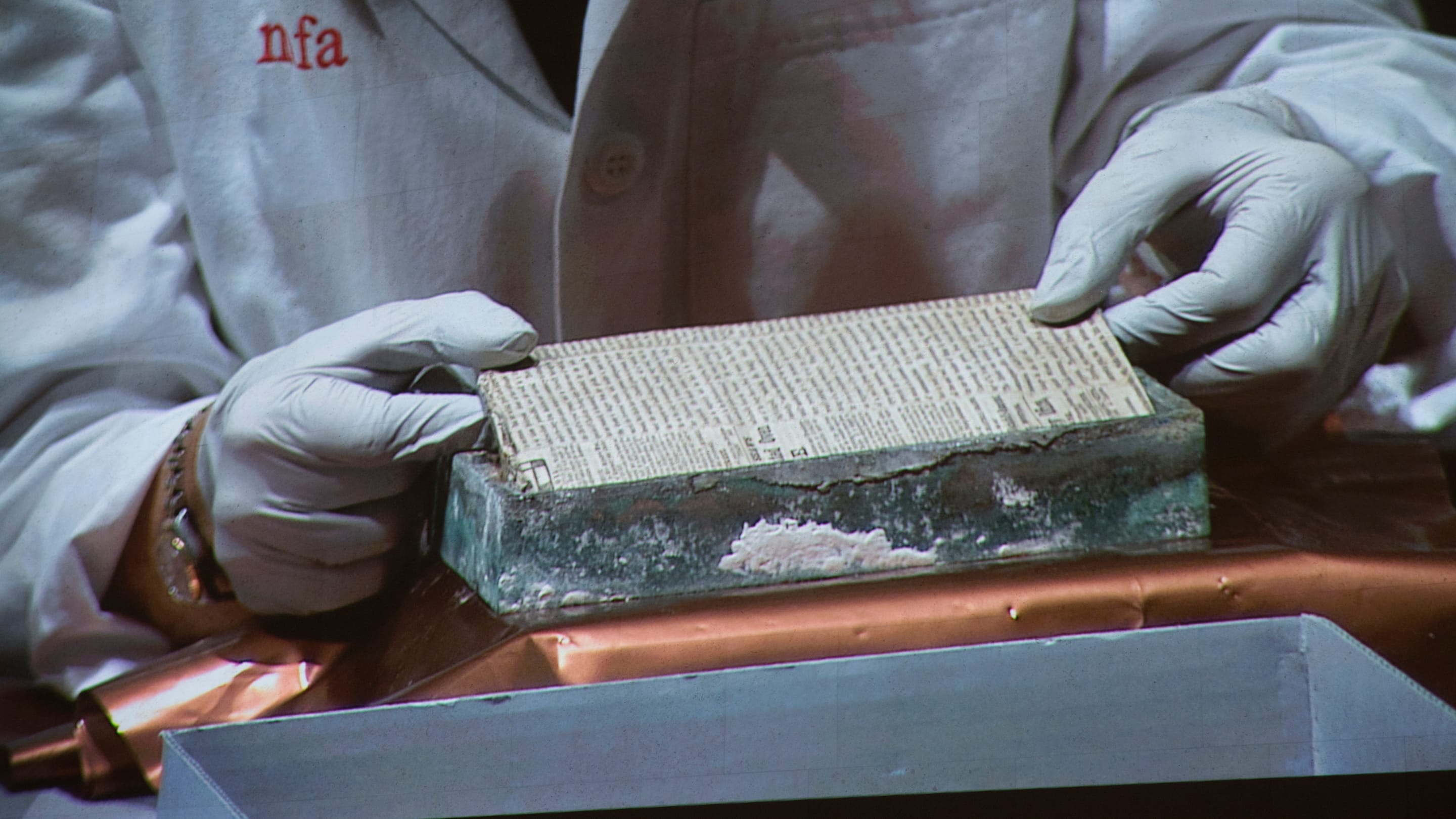
spectator.org
Kamala Harris Is Against Religious Exemptions for Catholic, Christian, Jewish, and Muslim Health Care Workers Who Oppose Abortions
In an interview with NBC News, Vice President Kamala Harris said that she does not favor religious exemptions for health care workers that would allow them to refuse to participate in performing abortions. The exchange with NBC News’ Hallie Jackson went like this:
JACKSON: Some of those voters that I spoke with at some of the events yesterday, for example, talked about they were there to support you, but also your agenda when it comes to reproductive rights and abortion access, and you have cast this as a matter of literal life and death as an urgent priority here. If you win, it is entirely possible that Congress will be controlled by Republicans. So what specific concessions would you be willing to make in order to get something done on abortion access as soon as possible?
HARRIS: Well, first of all, look at what has happened since the Dobbs decision came down, a decision that is a direct result of the fact that Donald Trump hand selected three members of the United States Supreme Court with the intention they would undo the protections of Roe. They did as he intended. And now in 20 states, we have Trump abortion bans, which some make no exceptions for rape or incest.
Which criminalizes health care providers, in a state like Texas, prison for life for doctors and nurses if they provide reproductive care. And where we have seen this issue on the ballot, to your point about elections, from red states to blue states, when freedom is on the ballot, the American people vote for freedom regardless of the party they are registered to vote with. We have seen that.
And I know that there are members of the United States Congress who are well aware that their constituents are in favor of the very fundamental principle that a woman should be able to make decisions about her own body, and not have her government tell her what to do.
JACKSON: So is a question of pragmatism then: what concessions would be on the table? Religious exemptions, for example, is that something that you would consider with a Republican controlled Congress? [xtalk]
HARRIS: I don’t think we should be making concessions when we’re talking about a fundamental freedom to make decisions about your own body.
No “concessions” for health care workers whose religious beliefs include that abortion is a grave sin, the taking of an innocent human life, the killing of a baby. Presumably, there would be no exemptions for irreligious health care workers who share that belief based on science and their consciences.
In the space of a few decades, the Democratic Party’s position on abortion has gone from viewing it as a tragedy that nevertheless should be “safe, legal, and rare,” to an absolute “right” and positive good that persons religiously and morally opposed to abortion should be forced to perform. That is the logic of Harris’ position. It strikes at the heart and soul of Catholic tradition and the beliefs of many non-Catholic Christians, many Jews, and many followers of Islam. It also dangerously interferes with the First Amendment’s guarantee of the free exercise of religion. But all of that is sacrificed at the altar of abortion.
A few days ago, Vice President Harris became the first major presidential candidate since Walter Mondale in 1984 to skip a personal appearance at the Al Smith dinner in New York. The dinner, which is held in the memory of the first Catholic to run for president on a major party ticket (ironically, the Democratic Party in 1928), is described as “the Catholic Met Gala.” Fox News described Harris’ move as the latest “snub” in a “career full of swipes at the faithful.” Catholic League President William Donahue remarked that Harris’ snub sent “an unmistakable message to Catholics.” New York Archbishop Cardinal Timothy Dolan called Harris’ snub a “shame.” At a campaign rally in Wisconsin, Harris responded to student protesters who chanted “Jesus is Lord, Christ is King” by telling them they were at the “wrong rally.” And as a U.S. senator in 2018, Harris implied that three judicial nominees who were members of the Knights of Columbus (which opposes abortion) were unfit to be federal judges.
Harris’ remarks to NBC News should be viewed in the context of the belief on the political Left that so-called “White Christian Nationalists” are a threat to the republic. The left-wing Center for American Progress called Christian Nationalism the “single biggest threat to America’s religious freedom.” The leftist Fulcrum headlined that “Christian nationalism is a grave threat to America.” Democratic strategist James Carville said that Christian nationalism is a greater threat than al Qaeda. The leftist Southern Poverty Law Center claimed that Christian nationalism “has driven anti-democracy extremism in recent years.”
Harris’ refusal to make “concessions” for health care workers who are also religious opponents of abortion is simply the latest evidence that abortion has become holy writ for the political Left. That became clear after the Dobbs decision when Pennsylvania Sen. Bob Casey Jr. broke with his previous position (and his father’s legacy as governor of Pennsylvania and a national Democratic Party pro-life leader) to support the unrestricted abortion scheme of Roe v. Wade.
The pro-abortion Left after all of these years has still not answered the grave question posed by the late Joseph Sobran in his book Single Issues: “What could be more barbarous than the killing of an unborn child, by the choice of its mother, through the agency of a doctor, and with the blessing of the state?”
READ MORE:
Anne Applebaum’s Comparison of Trump to Hitler, Stalin, and Mussolini Is a Sign of Political Desperation on the Left
Xi Jinping’s Policies Are a Continuation of Mao’s and Deng’s
Democrats Conjure the Resurrection of Hitler (Again)
The post Kamala Harris Is Against Religious Exemptions for Catholic, Christian, Jewish, and Muslim Health Care Workers Who Oppose Abortions appeared first on The American Spectator | USA News and Politics.
















